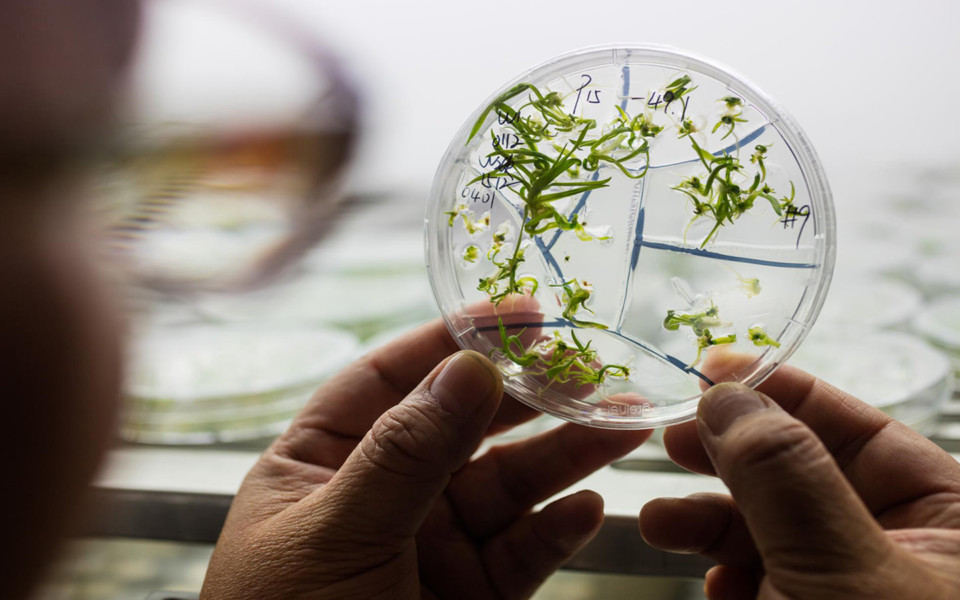How the DNA Revolution Is Changing Us
The ability to quickly alter the code of life has given us unprecedented power over the natural world. Should we use it?
If you took a glance around Anthony James’s office, it wouldn’t be hard to guess what he does for a living. The walls are covered with drawings of mosquitoes. Mosquito books line the shelves.
Hanging next to his desk is a banner with renderings of one particular species—Aedes aegypti—in every stage of development, from egg to pupa to fully grown, enlarged to sizes that would even make fans of Jurassic Park blanch. His license plates have a single word on them: AEDES.
“I have been obsessed with mosquitoes for 30 years,” says James, a molecular geneticist at the University of California, Irvine.
There are approximately 3,500 species of mosquito, but James pays attention to just a few, each of which ranks among the deadliest creatures on Earth. They include Anopheles gambiae, which transmits the malaria parasite that kills hundreds of thousands of people each year. For much of his career, however, James has focused on Aedes. Historians believe the mosquito arrived in the New World on slave ships from Africa in the 17th century, bringing with it yellow fever, which has killed millions of people. Today the mosquito also carries dengue fever, which infects as many as 400 million people a year, as well as such increasingly threatening pathogens as chikungunya, West Nile virus, and Zika.


